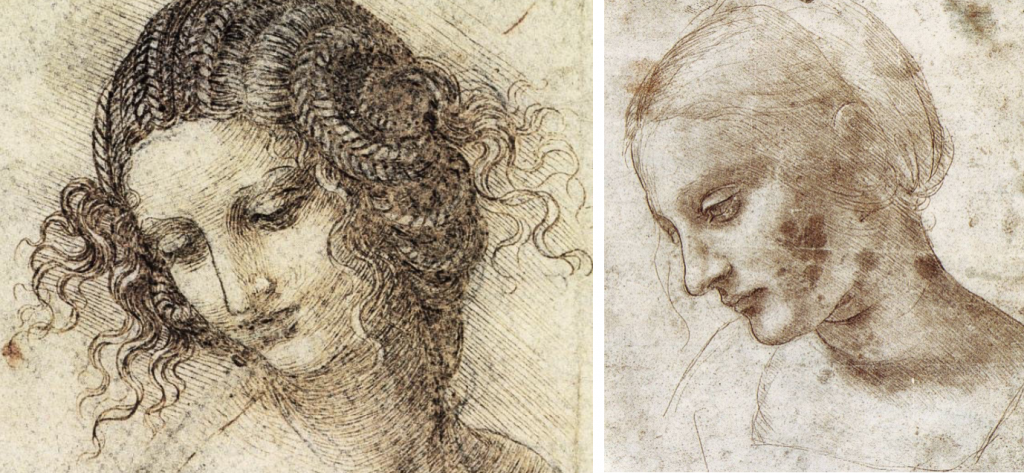Even though Da Vinci's placed so much importance and time into his creation of the Sforza monument horse, he never had an intended location for it. Due to the immensity of the statue and the political message it would send, he chose to place it in the Corte Vecchia, the Castello Sforzesco (Hanson, 2012). There, its colossal height would represent and directly point to the power of the Sforza family. The clay model of the horse stood there until 1499 when the French army destroyed by using it as target practice (Grierson, 1959).
Hanson, E. J. (2012). Inventing the sculptor: Leonardo da Vinci and the persistence of myth (Doctoral dissertation, Washington University). All Theses and Dissertations (ETDs),765. doi: https://doi.org/10.7936/...
more
 Led by Prof. Dino Franco Felluga (
Led by Prof. Dino Franco Felluga (